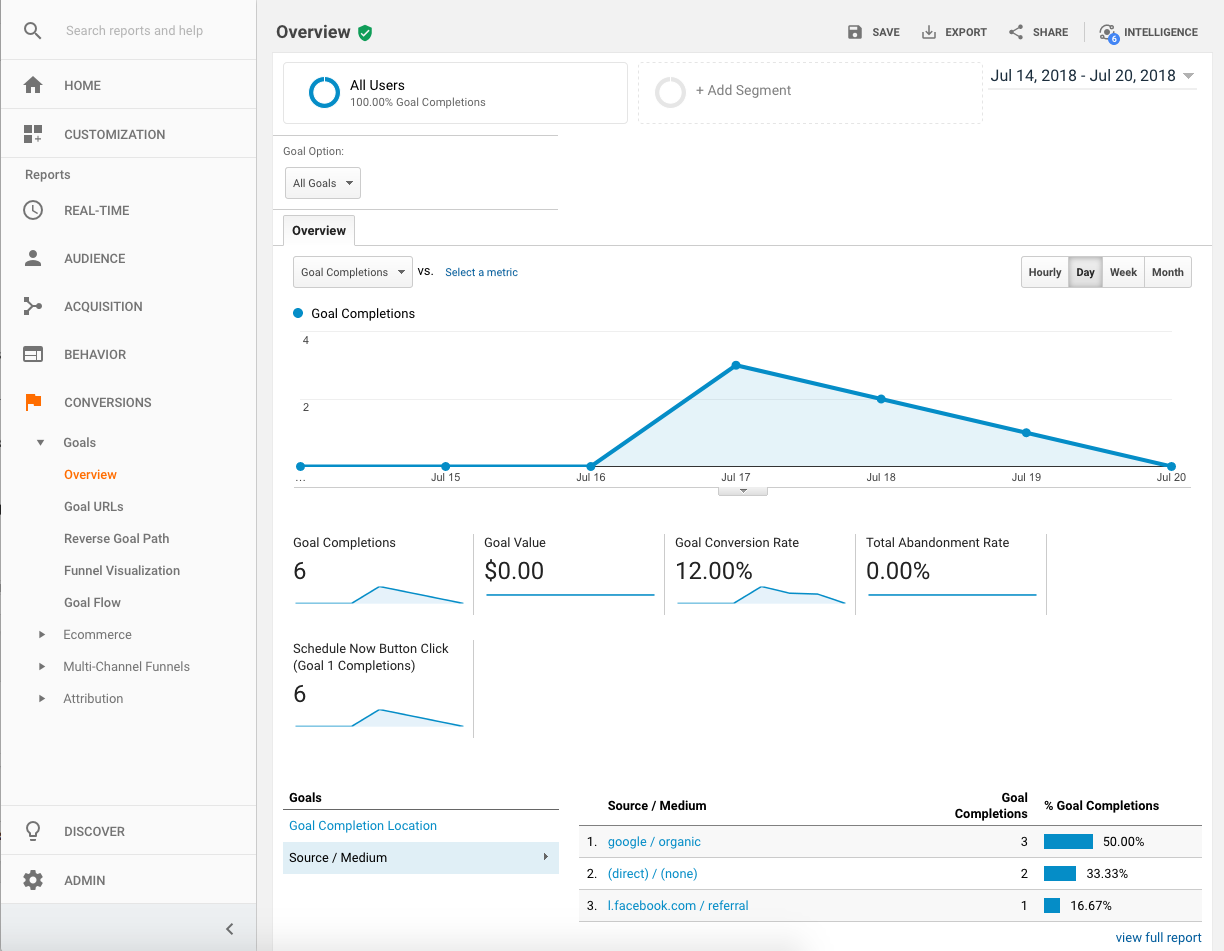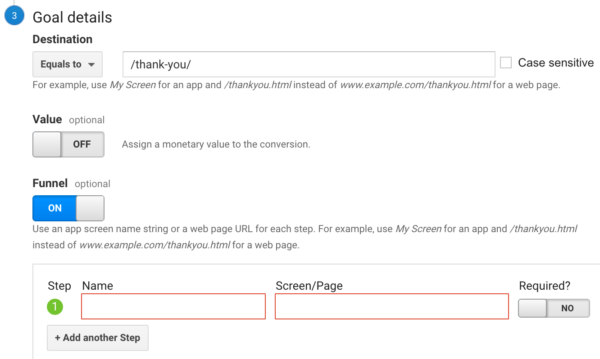Discover the Limitations of Google Analytics Goals: Introducing the Information Kind That Remain Untrackable
As companies significantly rely on data-driven decision-making, comprehending the restrictions of devices like Google Analytics becomes critical. While Google Analytics Goals offer valuable insights right into individual communications, there exist data kinds that elude tracking, presenting obstacles to an extensive understanding of individual actions.
Insufficient Customer Journey Tracking
Insufficient individual journey tracking within Google Analytics can prevent the capacity to properly assess customer actions. When the user journey is not completely tracked, there are voids in the information that stop a thorough understanding of just how customers engage with an internet site. This lack of understanding can cause missed out on chances for optimization and renovations to the customer experience.
One usual concern with insufficient individual journey tracking is the inability to see the complete course that users take before finishing an objective or leaving the site. Without this information, it is testing to recognize where individuals may be coming across challenges or friction factors that stop them from transforming. Furthermore, incomplete monitoring can cover the effect of certain marketing efforts or internet site adjustments on individual habits.
To address this limitation, it is vital to establish appropriate tracking mechanisms within Google Analytics to record the entire user journey. This may involve establishing occasion tracking, goal funnels, or utilizing devices like Google Tag Manager to ensure that no important communications go unrecorded. By obtaining a thorough view of the user trip, internet site owners can make even more enlightened decisions to improve user interaction and drive conversions.
Attribution Difficulties
Navigating with acknowledgment challenges in Google Analytics requires an extensive understanding of exactly how various touchpoints contribute to the general conversion procedure. Acknowledgment obstacles emerge from the complexity of modern client trips, where users engage with several networks prior to transforming.
One usual attribution obstacle is the difficulty in attributing conversions to the correct source, especially in cases where individuals interact with several channels before converting. This can cause mistakes in figuring out which advertising and marketing initiatives are driving one of the most conversions. In addition, cross-device tracking poses one more acknowledgment challenge, as users commonly switch in between tools throughout their journey, making it testing to track their communications flawlessly. Online marketers must thoroughly interpret and assess acknowledgment data to make informed decisions and optimize their marketing methods successfully.
Offline Conversions
Provided the challenges related to connecting conversions precisely in online networks, the measurement of offline conversions provides a significant chance for marketing professionals seeking a much more comprehensive understanding of their consumers' journey. Offline conversions refer to activities that customers take in the physical globe, such as making purchases in brick-and-mortar stores or over the phone, participating in events, or engaging with published materials - what data is google analytics goals unable to track. These conversions are critical for services that run both online and offline, as they give useful understandings into the efficiency of advertising projects across various touchpoints
Tracking offline conversions generally postured a significant difficulty for marketing professionals, as it was challenging to Read Full Article link these activities back to specific online interactions accurately. Nevertheless, with advancements in technology, such as the combination of CRM systems, distinct identifiers, and promo code codes, businesses can currently bridge the space between online and offline information to get an extra all natural view of customer habits. By effectively measuring offline conversions, marketers can optimize their strategies, assign resources a lot more successfully, and inevitably enhance the overall client experience.
Cross-Device Monitoring
Cross-device monitoring plays an important function in recognizing the interconnected nature of customers' digital communications across numerous tools. In today's omnichannel world, where users flawlessly switch in between smartphones, tablet computers, and desktops, tracking their behavior throughout these gadgets is necessary for marketing experts to get an extensive sight of their customer trip.

Moreover, personal privacy concerns and policies such as GDPR and CCPA have additionally complicated cross-device monitoring. With customers demanding more control over their data and increased limitations on tracking modern technologies, marketers must discover innovative and privacy-compliant means to connect individual interactions across gadgets.
Dynamic Web Content Engagement
Recognizing user interaction with vibrant content is crucial in maximizing electronic marketing approaches for boosted audience interaction. Dynamic content describes web site elements that change based on individual behavior, preferences, or other elements, supplying a customized experience. However, tracking individual interactions with dynamic material postures challenges for conventional analytics tools like Google Analytics.
While Google Analytics can track fundamental interactions like clicks and web page views, it might have a hard time to capture more nuanced involvements within vibrant material. what data is google analytics goals unable to track. Metrics such as time Related Site spent on details dynamic elements, float activities, or communications within pop-ups are frequently not easily measurable utilizing basic tracking approaches. This constraint impedes marketers' capacity to totally comprehend how customers are engaging with vibrant content and tailor their approaches appropriately

Final Thought
To conclude, Google Analytics objectives have limitations in tracking incomplete user journeys, connecting conversions accurately, capturing offline conversions, tracking cross-device interactions, and measuring dynamic material involvement. These constraints highlight the value of discovering additional tracking approaches and tools to obtain a much more comprehensive understanding of user behavior and conversions past what Google Analytics can supply.
While Google Analytics Goals deal useful understandings right into individual interactions, there exist data types that elude monitoring, posing difficulties to a comprehensive understanding of customer habits.Insufficient individual trip monitoring within Google Analytics can impede the capacity to properly analyze user habits. When the individual journey is not fully tracked, there are gaps in the information that avoid a detailed understanding of exactly how individuals communicate with an internet site.One common problem with insufficient individual journey monitoring is the lack of ability to see the full path that customers take in the past completing a goal or leaving the website. By getting a comprehensive view of the user trip, web site owners can make even more educated decisions to boost individual engagement and drive conversions.